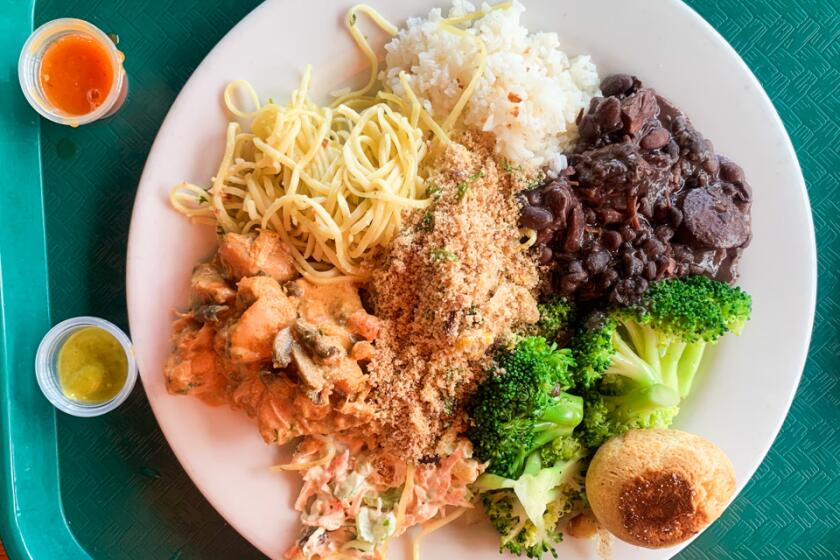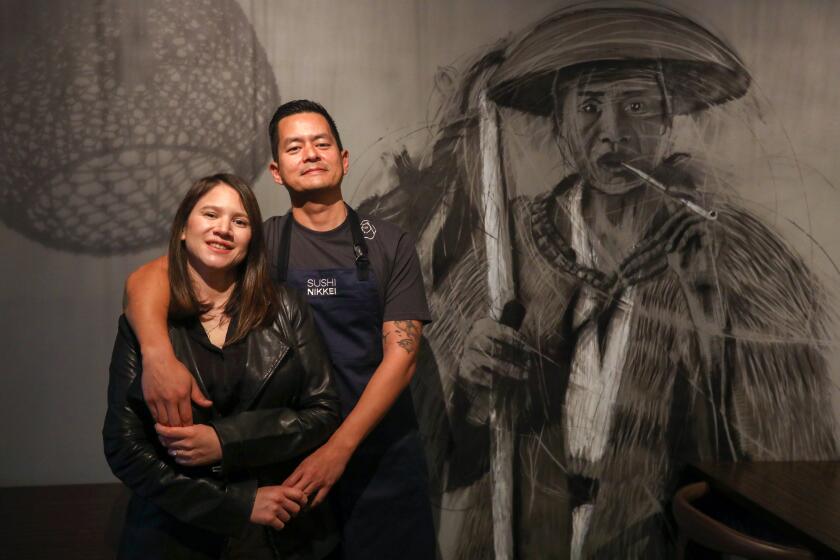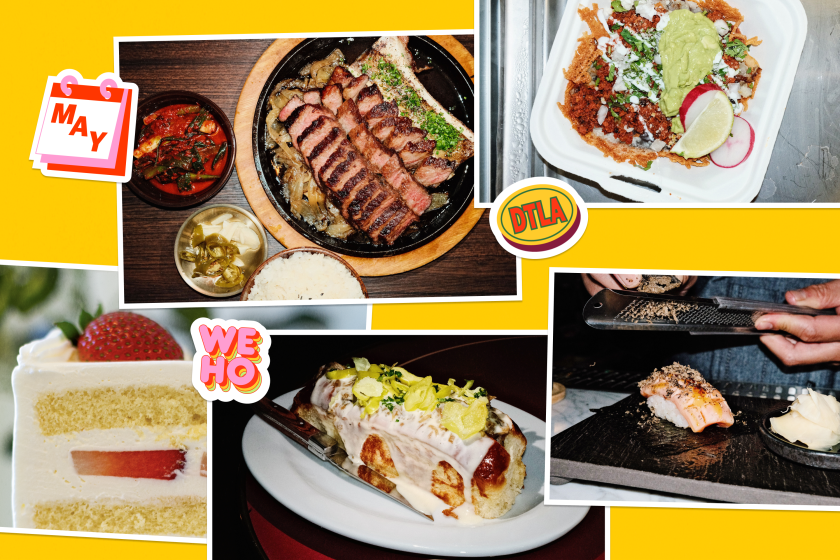White Zin is in, again: Niccolo Coturri is giving the wine a new life
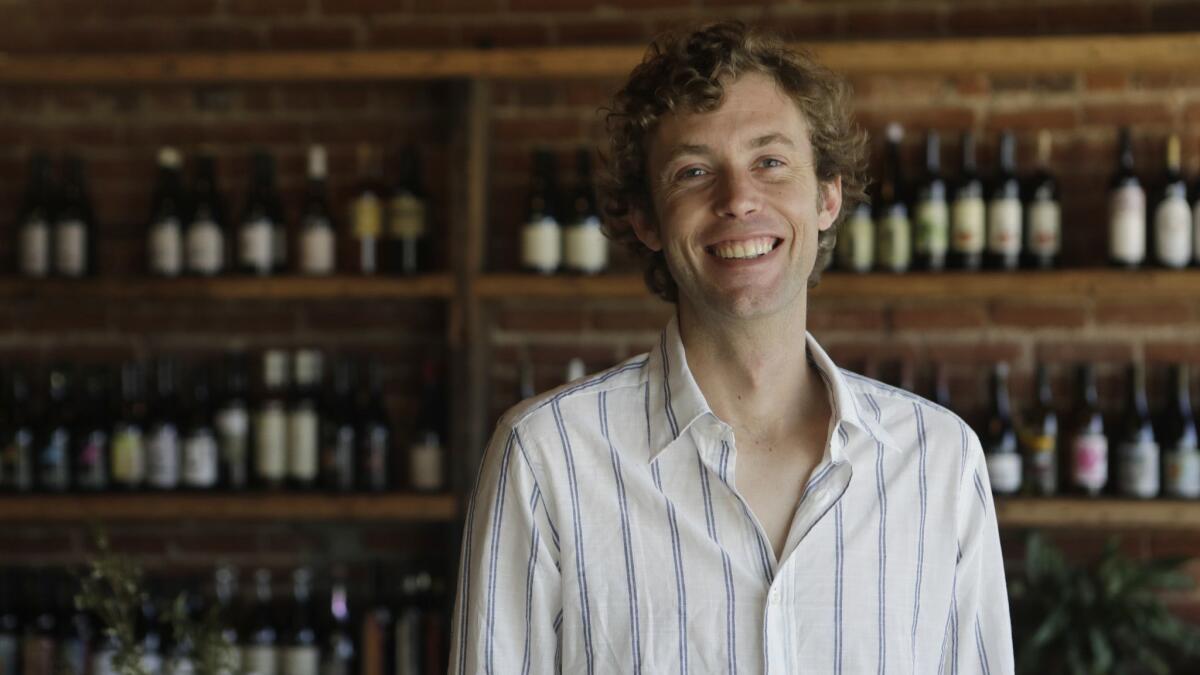
At 34, Niccolo Coturri is somehow both boyishly charming and showing the wisdom of someone twice his age. He’s 6-foot-2, but his presence feels larger.
He is the fourth-generation winemaker of the enigmatic Sonoma Mtn Winery, the son of legendary Zinfandel master Tony Coturri; he works on the same property where his father and uncle, Phil Coturri, planted their vineyards in 1974, in the same winery his grandfather Harry “Red” Coturri built in 1979.
This makes the young Coturri something of California wine royalty, an anomaly in the state’s landscape of wine that is predominantly multimillion-dollar McVillas with splashes of scrappy up-and-comers grabbing whatever fruit and space they can. And those are the kind of sentiments that make him blush and shake his head with an awkward laugh.
Coturri speaks the same way his traditionally inspired California wines do: intentionally and intensely.
“Remaking California classics, whether they’re famously good or famously bad, is a lot of fun,” Coturri said as we sat around the table at the family’s winery, tucked away in the hills of Glen Ellen north of Sonoma. I was there to check out his take on white Zinfandel, the candy-coated joke of California wine drunk only by college students who play Slap the Bag with a bladder ripped out of a box and by their aunts, who’ll like the photo of them doing it on Facebook.
It was March, and everything was green and freckled with wildflowers as we tasted through his 10th vintage of Sonoma Mtn Winery. His modern homages to the same expected handful of California varieties that make many yawn are invigorated and inspired, and truly shine in the 2018 vintage.
The Chardonnay tastes like the state’s buttery staple took a stainless-steel shower. Scrubbed of its predictable oak, it emerges clean and fresh, tasting like lemon meringue topped with dried papaya and mangoes sprinkled with Maldon salt flakes. The Pinot Noir is all brambly, blackberry cassis, like Gamay on steroids, and leaves you wondering whether “California Pinot Noir” ever actually had a flavor or if it was just an idea we were sold. I found myself diving into his Cabernet, a variety I would never think to “dive into,” but its flavors of eucalyptus and elderberry completely captivated me like when Roy Orbison hits and holds one of those high notes.
Wine after wine reaffirmed why I needed to try Coturri’s white Zinfandel, because I genuinely believed if someone was going to do it right, this was the guy.
But even as he popped and poured the deep salmon-shaded magnum of Zin Contact, I was still cynical. California white Zinfandel is usually cloying or boring and most often both, a household name because it’s cheap and sweet. It’s mass-produced without purpose other than getting the Coca-Cola consumer buzzed. On the plus side, its wild success in the 1970s saved now-treasured old vine Zinfandel from being ripped out for Cabernet.
Even attempts by decent winemakers in recent years have lacked a sense of place, tasting more like provincial-style “Rosé Season” cash grabs than of California. A good wine should tell a story. And ideally the story is not the time popular girls peer pressured your theater-geek self into chugging a tumbler of white Zin and gin.
Yet all of that is white Zinfandel’s story, and Coturri doesn’t shy away from it. Flavors of red fruits that could easily be reduced to eye rolls are suddenly refreshing. They’re not just any candied strawberries; they’re the white-topped, nearly ripe strawberries that start popping up in the backyard at the end of May. The pure watermelon juice is accompanied with pickled rinds and a late-afternoon breeze of dusty rosemary off the palisades. Drinking Sonoma Mtn’s Zin Contact is like taking a confectionary zip line electrified with acidity and sparkling sea salt down the California coast. Then probably skinny-dipping in the Pacific because it wouldn’t be a California Zin if it wasn’t 14% alcohol by volume, but it sure doesn’t taste like it. Zin Contact is an indulgent and nostalgic party in a bottle, and whatever skepticism I came in with was washed away with each sip.
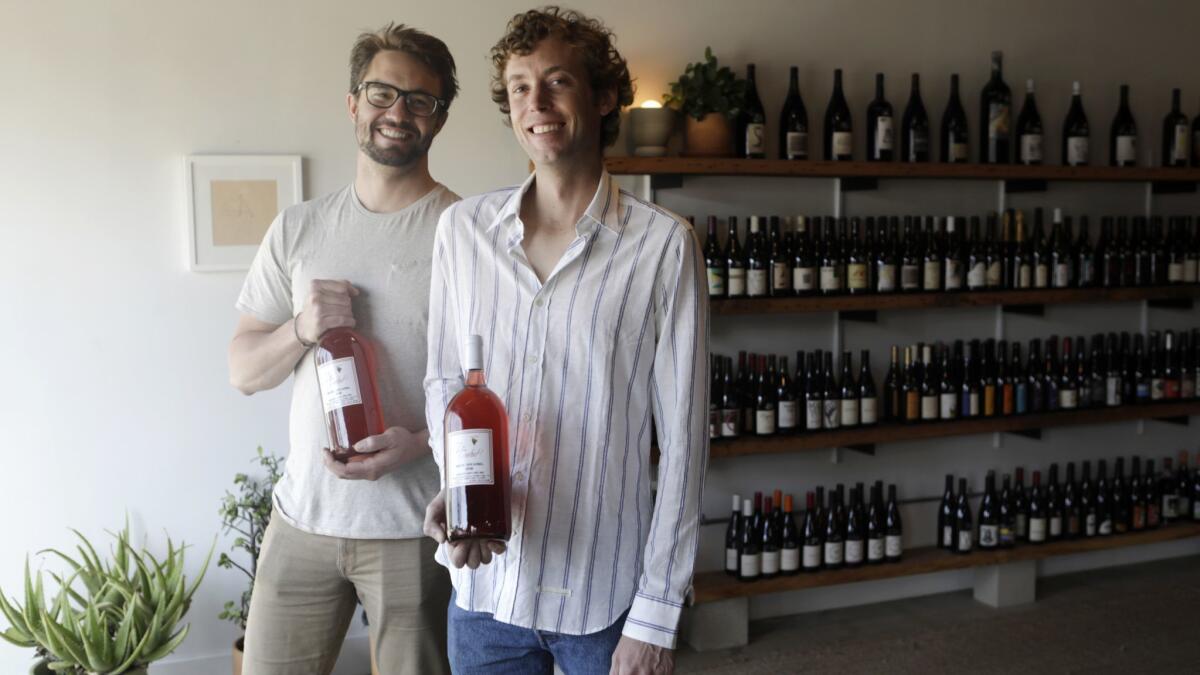
“I certainly made this wine without a determined goal in mind,” Coturri said. Truthfully, he never intended to make it at all. He and his assistant winemaker, Dan Marioni, decided at the sorting table with crates of Zinfandel grapes to do a little experimenting and make two barrels of white Zinfandel. When pressed for what he wanted from the white Zinfandel or for it, Coturri matter-of-factly stated, “I didn’t make the wine yield to my goals as opposed to letting it flourish on its own and then bottling it when it’s ready.
“But it is kind of like the culmination of a lot of different parts of my life. Everything from wine labels I grew up with as a kid to natural wine culture today,” he continued. “It’s a fast and true expression of living around Zinfandel. Having grown up around so much Zinfandel making, it brings back so many memories and smells of Zinfandel and the vineyards, but without the weight of drinking a proper red Zinfandel.”
Even if it wasn’t intended, it’s Coturri’s history that makes Zin Contact both the epitome of California white Zinfandel and so much more than California white Zinfandel. A good wine tells a story, but great wines also have a sense of place, fruit and producer. That is one of the biggest differences between what Sonoma Mtn Winery does and what we have come to expect from classic California wines: You can actually taste California. The fruit is still ripe, but it isn’t masked by oak or high alcohol or that god-awful saccharine sensation that haunts white Zinfandel, and it allows the minerality of the wine to come through in ways you don’t normally taste anywhere near Napa.
“It’s centered around the happiness that you would hope that people had when they were drinking white Zinfandel — you know, the idea of white Zinfandel. But I don’t know because I made that up,” Coturri said. “It is real though. It makes me happy. As winemakers, we’re seeking diversity with the wines that we’re making. And that inspiration can often come from reflections of our past, in eras that are gone by, before the time that we started making wine.”
And perhaps that is what is most striking about Zin Contact or any of Sonoma Mtn Winery’s wines — their ability to express time. A past that neither Coturri or myself was old enough to live through but can taste immediately, whether it’s Coturri’s memories of his family making wine or my own nostalgia taking me back to long afternoons at my grandmother’s house in the Santa Monica mountains, a glass of Franzia over ice in hand. There’s a present to them, an acknowledgment of the natural wine scene’s love of experimentation without forgoing traditions for what is “cool.” And of course, a vision for the future of California wine. That nothing, not even the campy punchline white Zinfandel has become, is forever.
More to Read
Eat your way across L.A.
Get our weekly Tasting Notes newsletter for reviews, news and more.
You may occasionally receive promotional content from the Los Angeles Times.



